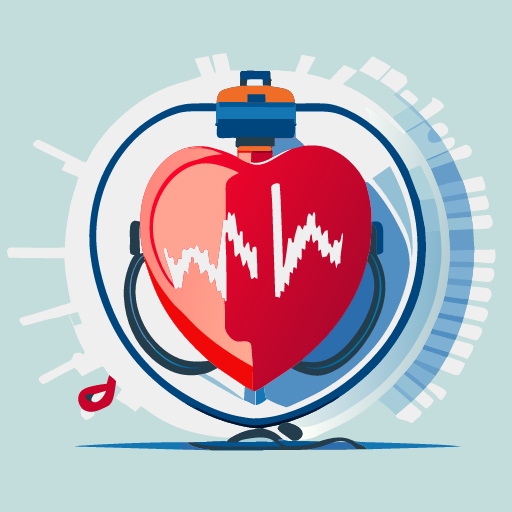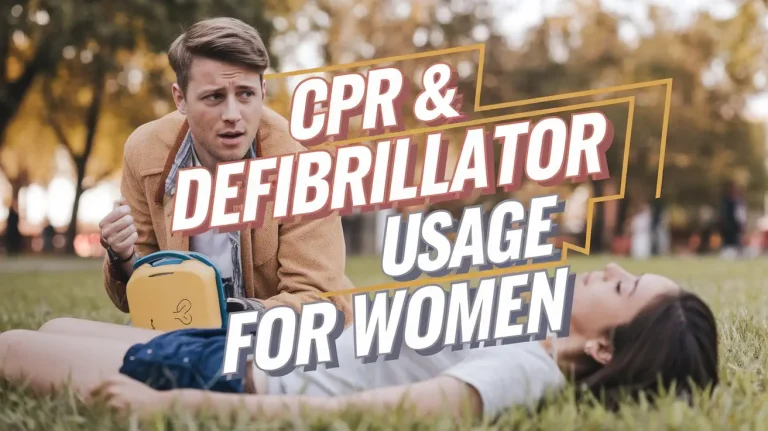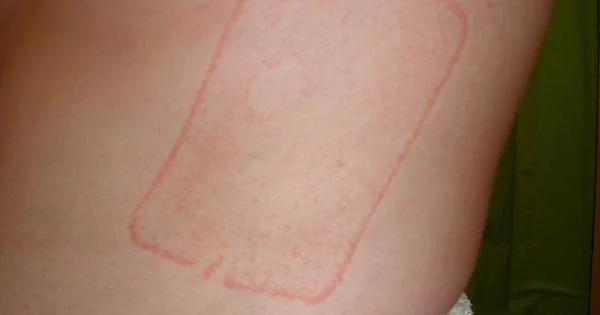Can you use a Defibrillator If They’ve Stopped Breathing?
Your heart’s racing. Someone nearby has just collapsed and stopped breathing. You spot a defibrillator, but a panicky thought hits you: “They’re not breathing – is it too late to use the defibrillator now?”
Let’s clear this up right away: It’s not too late. In fact, now’s exactly when you should be reaching for that defibrillator.
But They’re Not Breathing… Can a Defibrillator Still Help?
This is where a lot of people get confused. You might think a defibrillator is only for when someone’s heart is beating irregularly. But here’s the crucial bit: When someone’s not breathing, it usually means their heart has stopped too.
And guess what? That’s exactly when a defibrillator can be a lifesaver.
What’s Really Going On When Someone Stops Breathing?
Here’s the thing – we can’t see what’s happening inside someone’s chest. But when someone suddenly stops breathing, it’s often because their heart has stopped working properly. This is called cardiac arrest.
In cardiac arrest, the heart isn’t pumping blood effectively. No blood pumping means no oxygen getting to the lungs or the rest of the body. That’s why the person stops breathing.
So, When Do You Use That Defibrillator?
The answer is simple: Use it as soon as possible. Here’s what to do:
- Call for emergency help immediately. Every second counts.
- Start CPR if you’re trained.
- Get that defibrillator and turn it on. Don’t hesitate – modern defibrillators are designed to be user-friendly.
But What If I’m Wrong? What If Their Heart Is Fine?
Don’t worry – you can’t mess this up. Modern defibrillators, also called AEDs (Automated External Defibrillators), are pretty smart. They’ll check the person’s heart rhythm and only deliver a shock if it’s needed.
So even if you’re not 100% sure what’s going on, it’s always better to use the AED. It won’t shock someone who doesn’t need it.
The Bottom Line
If someone’s collapsed and not breathing, don’t second-guess yourself. It’s not too late to use a defibrillator – in fact, it might be just what they need. Always call for help, start CPR if you can, and use that AED as soon as possible.
Remember, at DDI Safety, we’re all about helping you feel confident in these scary situations. Got more questions about using defibrillators? A great place to start is reading up on how defibrillators work
Stay informed, stay prepared, and let’s keep our communities heart-safe together!
Hey there fellow Defibrillator afficiando! I'm Jack, a first aid trainer based in beautiful Penrith, NSW at the foot of the Blue Mountains. I love helping take complicated subjects and making them easy and understandable. When I'm not first aiding, you can find me birding and listening to jangle pop.







